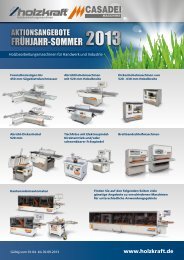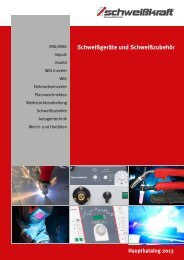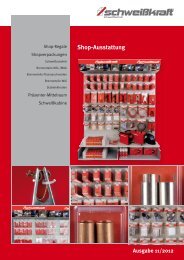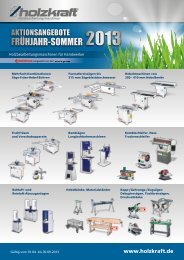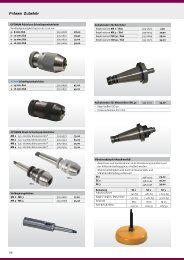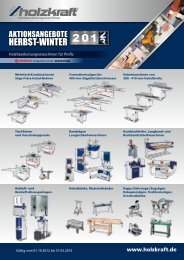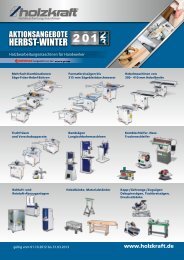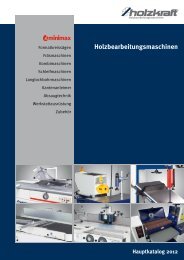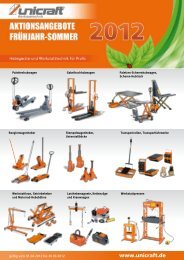Compressors / compressed air - Aircraft
Compressors / compressed air - Aircraft
Compressors / compressed air - Aircraft
Create successful ePaper yourself
Turn your PDF publications into a flip-book with our unique Google optimized e-Paper software.
9 Sound pressure level and<br />
sound power level<br />
We indicate the sound power level LWA as well as the sound pressure<br />
level LPA for the sound levels on our compressors. In order to<br />
demonstrate that such values are not compared to one another and<br />
cannot be compared with other noise levels, e.g. for <strong>air</strong>crafts we give<br />
you a short explanation how to determine the two values below.<br />
· Sound pressure level L P A<br />
The volume is defined by its proper value by the sound pressure<br />
or by the logarithmic sound pressure level. The sound pressure<br />
describes the actual effect of a sound source on the <strong>air</strong> pressure and<br />
thus on the human hearing. It is directly measured and is always<br />
depending on the distance to the sound source and on the acoustical<br />
conditions in the room. The sound pressure level is the value which<br />
is used to determine the occupational safety and health protection<br />
(Occupational health and safety regulations).<br />
· Sound power level L w A<br />
The sound power determines the sound energy emitted by a sound<br />
source for each time unit. It can be determined by measuring the<br />
sound pressure at several places on an enclosed enveloping surface<br />
around the sound source. This value is not directly measured but<br />
calculated and does not depend on the distance or on the acoustics<br />
of the room. The sound power level for instance serves<br />
to define legal limit values when using devices outdoors (Outdoor<br />
directive).<br />
10 Determination of the <strong>compressed</strong> <strong>air</strong> requirement<br />
Most work cycles are only temporary. For these cycles, you may calculate an<br />
average on time (ED). Furthermore, these consumers are generally used timedisplaced.<br />
The average on-time (ED) and the factor of simultaneous f use are<br />
included in the requirement reducing multiplication.<br />
Overall <strong>compressed</strong> <strong>air</strong> consumption: In order to dimension your compressor<br />
you should also take the following factors into consideration: losses due to<br />
leakages, reserves and miscalculation.<br />
Calculation example:<br />
Compressed <strong>air</strong> working Duty cycle number Individual A x q x ED/100<br />
consumption pressure ED (%) A (pcs.) consumption<br />
(bar) q (l/min.)<br />
Color spray gun<br />
ø 1.5 mm<br />
3 40 1 180 72<br />
Blow out gun<br />
ø 1.0 mm<br />
6 10 3 65 19.5<br />
Impact screw-driver<br />
M 10<br />
6 20 3 200 120<br />
Drilling maschine<br />
up to ø 20 mm<br />
6 30 1 700 210<br />
Angle grinder 6 40 2 500 400<br />
Sum Q of the <strong>compressed</strong> <strong>air</strong> consumption of the consumers (l/min.) 821.5<br />
Factor of simultaneous use f 0.71<br />
Compressed <strong>air</strong> consumption of the consumers Qf = f x Q (l/min.) 583.3<br />
13



